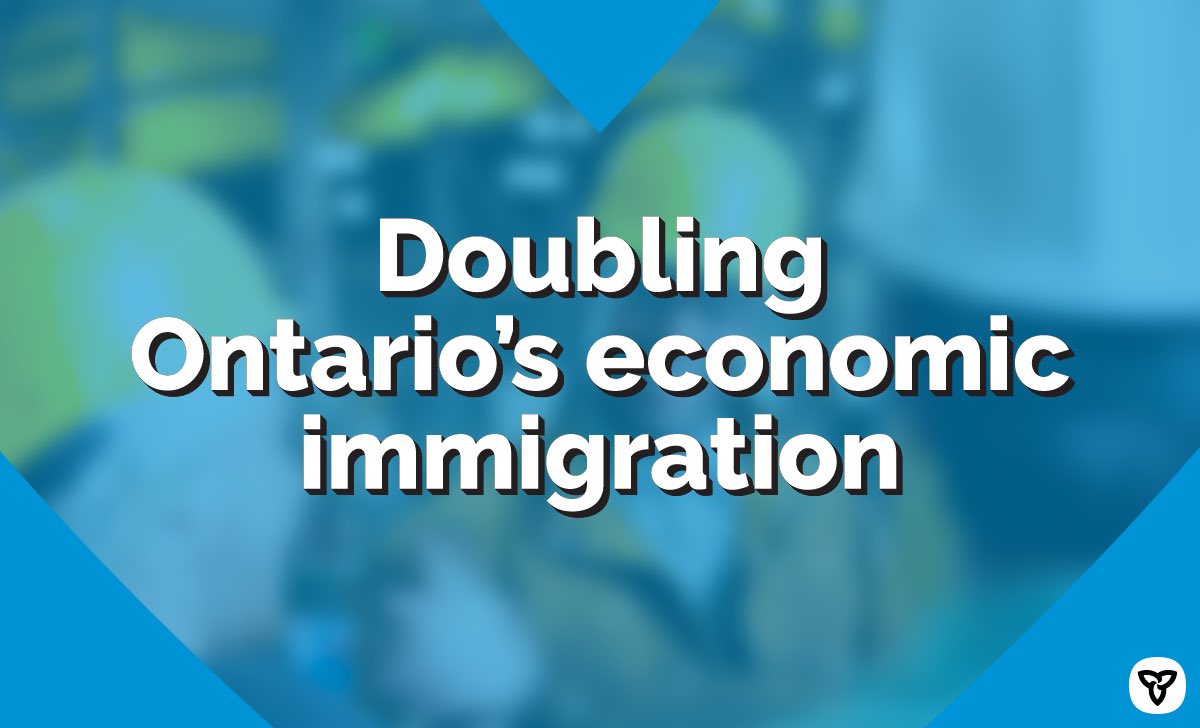The Ontario government is multiplying the quantity of financial workers it chooses in 2025 to north of 18,000 to assist with addressing the region’s basic work deficiency. This will enable Ontario to select more of the workers required to fill gaps in crucial industries like the skilled trades, technology, and health care, with nearly 300,000 jobs remaining unfilled each day.
“From 9,000 immigration spots in 2021 to over 18,000 in 2025, today’s announcement is a significant win for the people of Ontario and will help us control our economic destiny by selecting more of the skilled immigrants we know are well-placed to succeed and build stronger communities for all of us,” said Monte McNaughton, Minister of Labour, Immigration, Training and Skills Development. “On behalf of Premier Ford and the people of Ontario, I want to thank Minister Fraser and the federal government for their commitment to meet us at the table and land this historic immigration increase.”
In April 2021, Pastor McNaughton approached the central government to twofold the quantity of outsiders permitted under the Ontario Immigrant Nominee Program (OINP) to assist with handling the work deficiency. In 2022, Ontario received 9,750 immigrants through the OINP, including nearly 100 nurses and personal support workers, 2,200 software and IT workers, and 3,900 skilled trades workers.
“As we remain focused on addressing the acute labour market shortages and building a strong economy into the future, one thing remains certain: immigration is a key part of the solution,” said Sean Fraser, Federal Minister of Immigration, Refugees and Citizenship. “As Canada’s flagship regional economic immigration program, the Provincial Nominee Program’s increasing growth will support the long-term well-being of communities in Ontario. I am grateful for the outstanding working relationship I have with Minister McNaughton and look forward to continuing to work with the province to achieve our shared economic immigration objectives.”
The province was the first in Canada to remove discriminatory barriers that prevent foreign-trained professionals from continuing their careers in sectors they trained in, such as engineering, law, accounting, and skilled trades, in order to further attract the skilled workers Ontario needs and ensure that they can begin working in their professions sooner.





